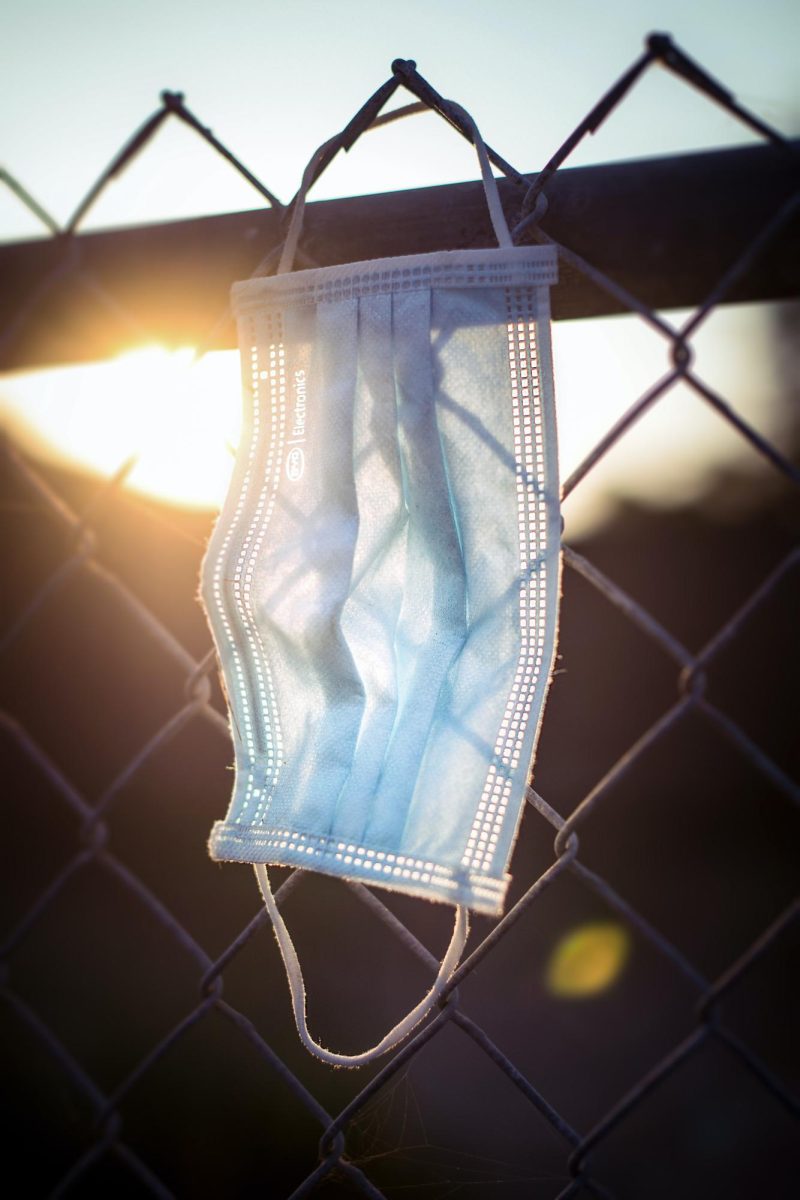Do you love to shop? Are you eager to get new clothes for the spring? Want to get that trending new top? Or those new shoes everyone is wearing?
Well, did you know that “the fashion industry is the second-largest industrial polluter, accounting for about 10% of global pollution”?
I love shopping just as much as the next, but as important as it is to stay fresh and fashionable, it’s even more important to keep our planet safe and sustainable. Keep reading for some insight on how to be a mindful and sustainable shopper in order to protect your wallet and the planet.
We all know that fashion trends are ever-changing. Due to social media and influencers’ influence on viewers, our generation is more susceptible to micro trends than ever before. Microtrends are fads that experience a surge in popularity before fading just as quickly. According to Earth.org, “clothing sales have doubled from 100 to 200 billion units a year, while the average number of times an item was worn decreased by 36% overall.” This means we are consuming more as we waste more and more, causing detrimental effects to our climate.
I find myself falling victim to microtrends, and you may too. Some recent micro trends have included Coquettecore, Barbiecore, and Balletcore. While these trends are cute and may offer unique looks that you would rock, it’s important to ask yourself: will I wear this a month from now? What about in a year? Can I style this in multiple ways, or just one? This way you are only purchasing articles that will stay in your closet for a while and get worn, and you can avoid overconsumption.
Additionally, it’s nearly impossible to afford to participate in all these fast-moving trends, so consumers turn to a cheaper alternative. That’s right, the devil in disguise: fast fashion. Fast fashion is a prevalent trend in the clothing industry, which involves producing inexpensive, quickly manufactured garments to meet rapid style changes. Fast fashion contributes significantly to pollution, from the extraction of raw materials to the disposal of excess inventory. Additionally, the cheap materials used are easily breakable, and not meant to last a long time, resulting in increased waste in landfills. The industry’s reliance on cheap labor often involves poor working conditions.
As a sustainable shopper, you should avoid fast fashion companies at all costs. The fast fashion industry contributes 1.2 billion tons of carbon dioxide into the atmosphere. By the year 2030, it is predicted that the total greenhouse gas emissions will increase by 50%. Some familiar fast fashion brands include; Shein, Forever 21, Cider, Romwe, Zara, Urban Outfitters, Anthropologie & Free People, Garage, Fashion Nova, American Eagle, and Amazon.
As a society, we must move to more ethical and environmentally conscious alternatives in the fashion industry to slow climate change. So where can you get sustainable fashion?
Thrifting is a wonderful alternative, not only is it sustainable, but there is a fun and exciting element to searching for hidden gems among hundreds of reusable pieces! Thrifting is less expensive and sustainable, it’s a win-win! Check out thrift stores near you like Savers, Goodwill, and Salvation Army! For carefully curated trending clothes, check out Buffalo Exchange in Somerville or Brookline where you can exchange your clothes for store credit or cash! Lastly, West Main Thrift in Ayer MA, and Many Hands in Clinton are small thrift shops with good prices.
Additionally, supporting local businesses, choosing products with minimal packaging, and prioritizing quality over quantity, are all great ways to ensure less waste in landfills and less wasting your money. Each shopper’s spending habits matter to our planet’s future and the future of fashion.


















